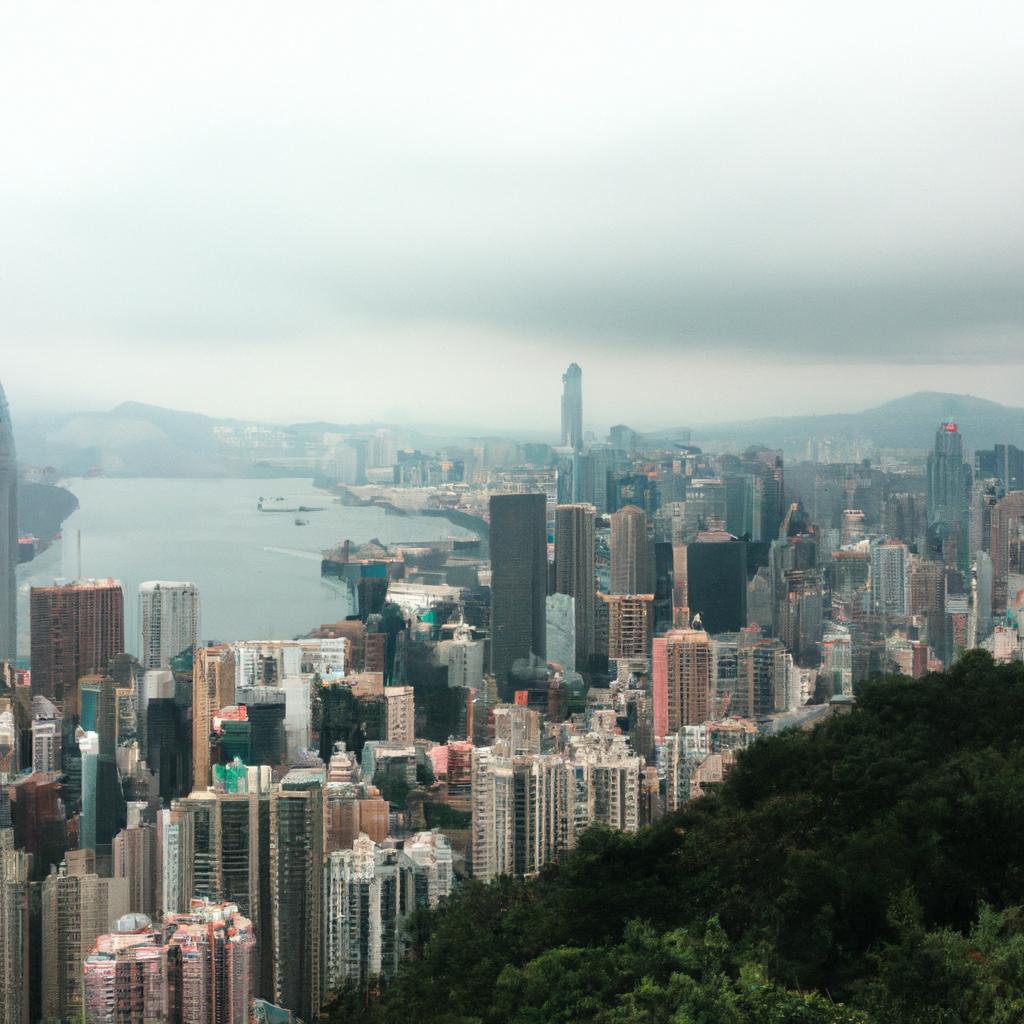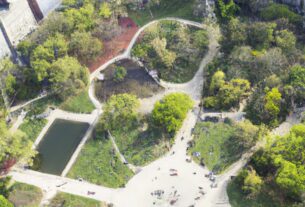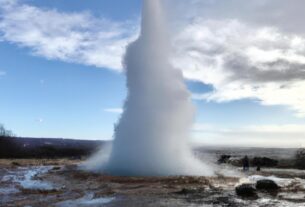Islands have always captivated the imagination of travelers with their unique geography and cultural diversity. Have you ever wondered what makes an island highly populated? From bustling cities to secluded havens, what factors contribute to the population density on these islands? Join me as we embark on an exciting adventure to explore the world’s most populated islands and uncover the secrets that make them so extraordinary.
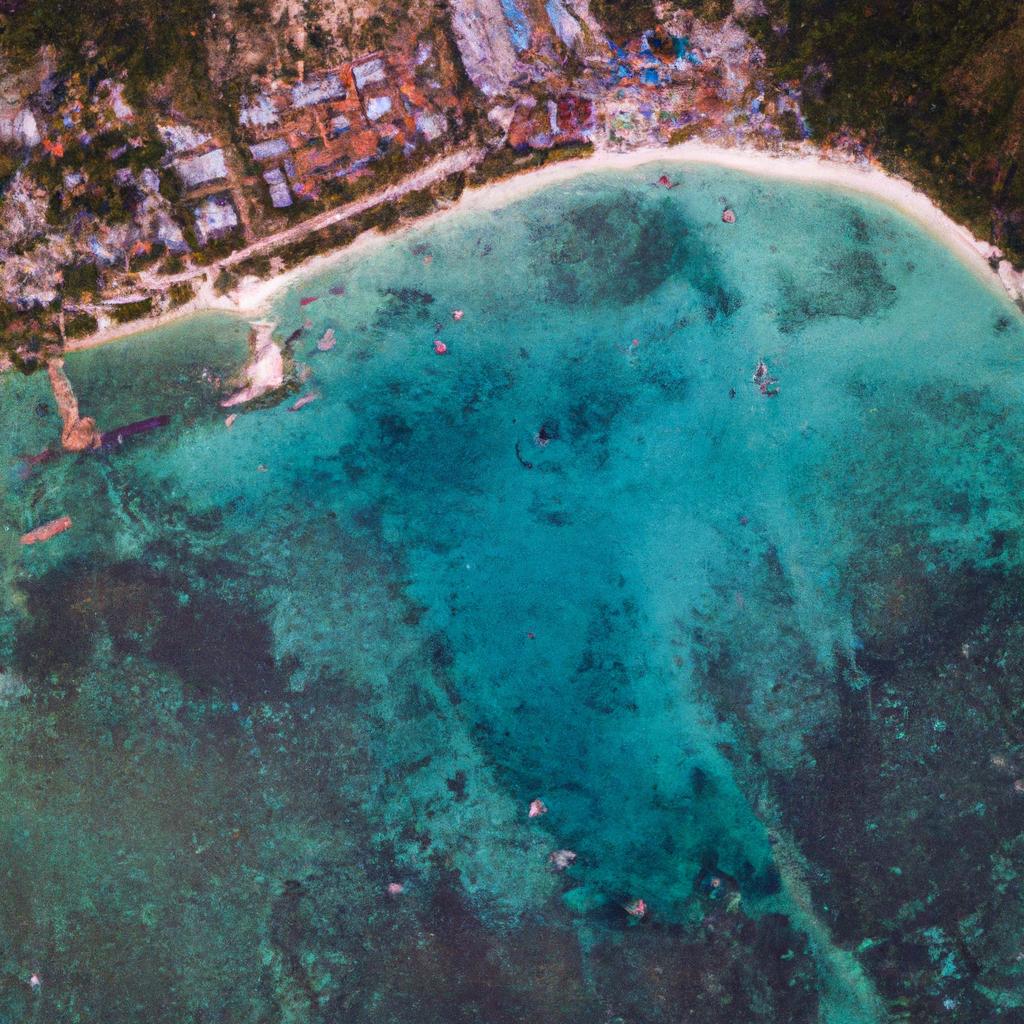
Introduction
Islands have an allure that goes beyond their physical beauty. The way they shape their population density also plays a crucial role in defining their character and identity. In this captivating journey, we will delve into the top five most populated islands in the world, unravel the secrets behind their high population density, and explore the challenges they face. Together, we will discover sustainable solutions that can help these islands manage their growth effectively. So, pack your bags, and let’s embark on this extraordinary expedition!
Top 5 Most Populated Islands in the World

Are you ready to discover the wonders of the world’s most populated islands? Brace yourself for bustling streets, rich cultures, and breathtaking landscapes. Let’s dive into the details and explore what makes each of these islands truly exceptional.
1. Java Island, Indonesia
With a population of over 141 million, Java Island takes the crown as the world’s most populated island. Located in Indonesia, it covers an area of 53,589 square miles, resulting in a population density of approximately 2,637 people per square mile. Java Island boasts a tropical climate and a diverse economy based on agriculture, manufacturing, and tourism.
2. Honshu Island, Japan
Honshu Island, the largest island in Japan, is home to over 103 million people, making it the second most populated island globally. Encompassing an area of 87,992 square miles, Honshu Island enjoys a population density of around 1,175 people per square mile. With its humid subtropical climate, the island thrives on industries such as manufacturing, technology, and agriculture.
3. Great Britain, United Kingdom
As the third most populated island worldwide, Great Britain accommodates over 66 million inhabitants. Spanning 88,745 square miles, the island boasts a population density of approximately 741 people per square mile. Great Britain’s temperate maritime climate sets the stage for its flourishing service, manufacturing, and tourism sectors.
4. Luzon Island, Philippines
Luzon Island ranks as the fourth most populated island globally, with over 53 million residents. Covering an area of 40,420 square miles, Luzon Island enjoys a population density of around 1,316 people per square mile. This island paradise thrives on an economy centered around agriculture, manufacturing, and tourism, all set against its tropical backdrop.
5. Sumatra Island, Indonesia
Sumatra Island claims the fifth spot on our list, housing over 50 million people. Encompassing 171,069 square miles, the island boasts a population density of approximately 293 people per square mile. With its tropical climate, Sumatra Island’s economy thrives on agriculture, mining, and tourism, offering a vibrant and diverse experience.
These highly populated islands not only captivate us with their density but also enchant us with their rich cultural and historical backgrounds. Join me as we uncover the unique wonders that each of these islands has to offer!
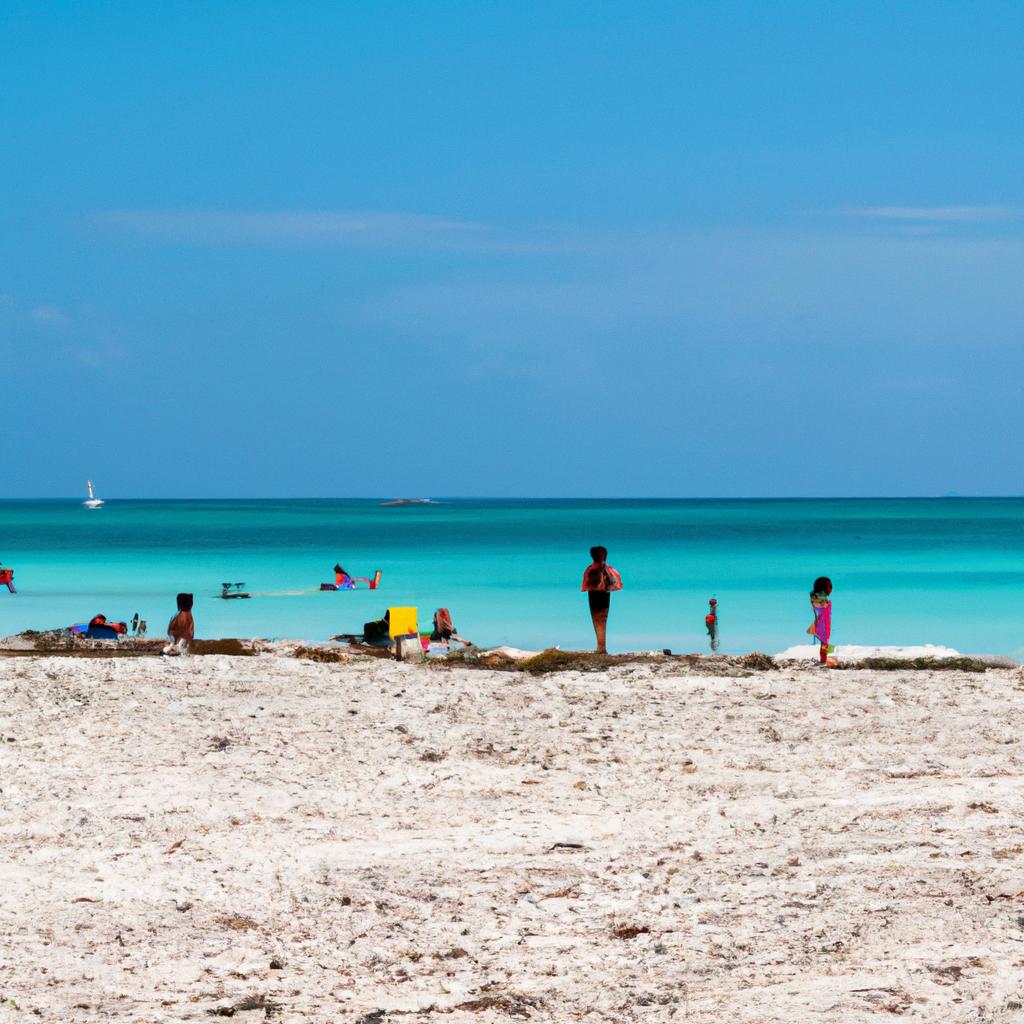
What Makes an Island Highly Populated?
When we think of highly populated islands, iconic names like Hong Kong and Manhattan often come to mind. However, numerous factors contribute to high population density besides the size of the island. In this section, we will explore the geographical, economic, and social factors that make an island highly populated. Let’s dive into the details and discover the secrets!
Geographical Factors
An island’s geography plays a significant role in determining its population density. Islands boasting favorable climates, fertile soil, and access to freshwater sources tend to attract more people. Take, for example, the Hawaiian Islands. With their tropical climate, stunning beaches, and lush vegetation, they have become a sought-after destination for both tourists and residents alike. Similarly, the Caribbean Islands, known for their warm climate, crystal-clear waters, and scenic landscapes, hold great appeal for retirees and expatriates.
Economic Factors
The economic opportunities available on an island strongly influence its population density. Islands with robust economies and thriving job markets naturally attract a larger population. For instance, Singapore, a small island nation, has established itself as a global financial hub. Its strategic location, favorable tax policies, and business-friendly environment have attracted a diverse population of expatriates and foreign workers, contributing to its high population density.
Social Factors
Social factors, including culture, lifestyle, and community, also influence high population density on islands. Islands with strong social support systems and a sense of community tend to attract more people. Take the island of Okinawa in Japan, for example. With one of the highest life expectancies globally, Okinawa’s strong sense of community and emphasis on social support have contributed to its longevity and high population density.
Examples of Islands that have Successfully Managed their Population Growth
Some islands have found innovative ways to manage their population growth sustainably. Let’s explore a couple of outstanding examples:
One such island is Samsø in Denmark. With a population of around 3,700 people, this small island embarked on a campaign in the early 2000s to become energy self-sufficient. Through the development of wind turbines and other renewable energy sources, Samsø not only became more sustainable but also attracted new residents and businesses, boosting the local economy.
Another notable example is Jeju Island in South Korea. As a volcanic island with a population of around 700,000 people, Jeju has become a popular tourist destination, attracting millions of visitors each year. To manage population density, the government has implemented policies such as limiting new construction projects and promoting sustainable tourism.
In the next section, we will explore the challenges high population density poses on islands and their implications.
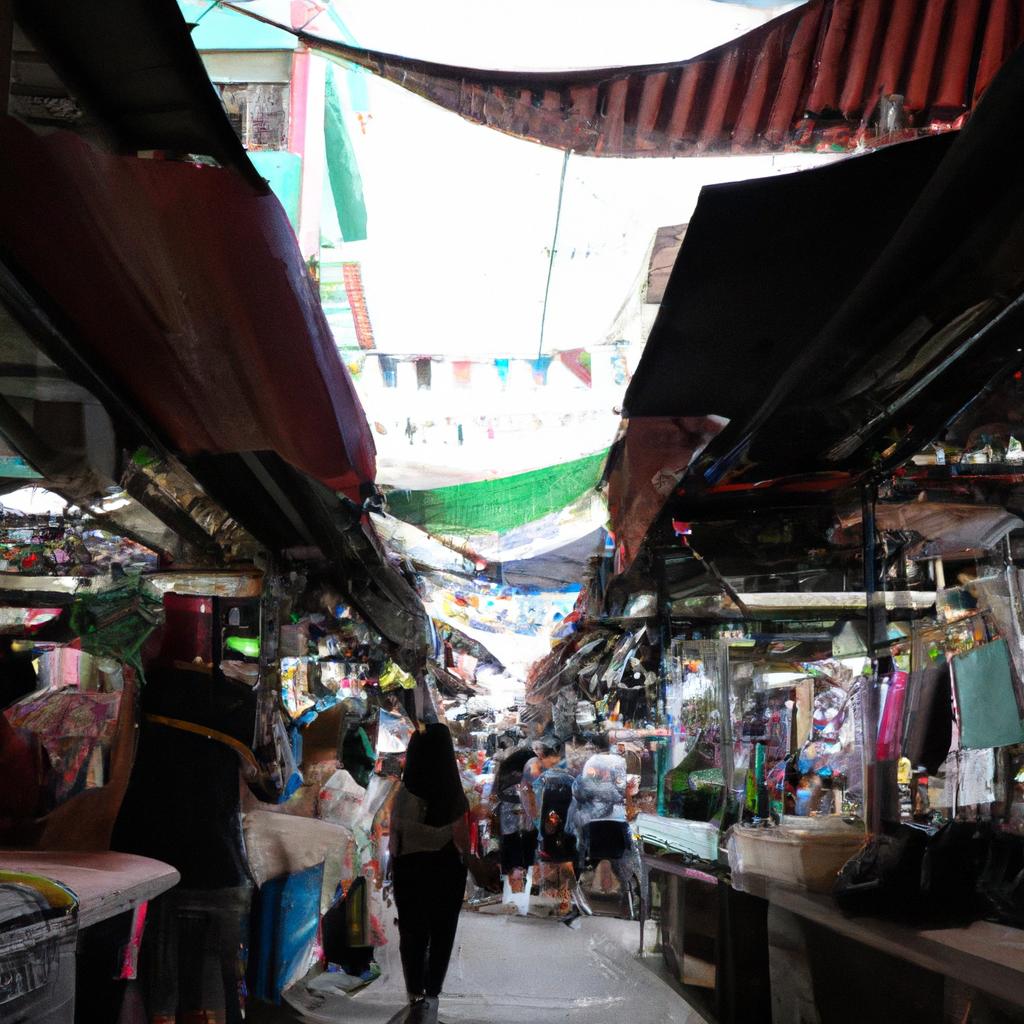
Challenges of High Population Density on Islands
While high population density on islands brings advantages such as cultural diversity and economic growth, it also presents several challenges that demand attention for sustainable development. In this section, we will discuss the challenges of high population density on islands and their implications.
Environmental Impact of Overpopulation on Islands
The limited resources and space of islands make their environments fragile and vulnerable to human activities. Overpopulation can lead to deforestation, soil degradation, and pollution. One example is the Maldives, one of the world’s most densely populated islands, which faces severe environmental problems due to overfishing, coral reef damage, and rising sea levels. The overexploitation of natural resources can also lead to the loss of biodiversity, threatening the balance of island ecosystems.
Strain on Infrastructure and Resources
High population density strains infrastructure and resources such as water, food, and energy. Limited access to these essentials can exacerbate social and economic disparities, potentially leading to conflicts and political instability. For instance, Hawaii, renowned for its high population density and limited land availability, faces a severe housing crisis, highlighting the strain on infrastructure and resources.
Social and Cultural Implications of High Population Density on Islands
High population density can also impact social and cultural aspects of island life. The pressure on social and cultural institutions can lead to conflicts and the erosion of traditional values and practices. The close proximity of individuals can increase the risk of social issues like crime and social inequality. Bali, for instance, faces several social and cultural challenges due to its high population density and the influx of tourists.
In the next section, we will discuss sustainable solutions for managing population density on islands and address the challenges they face.
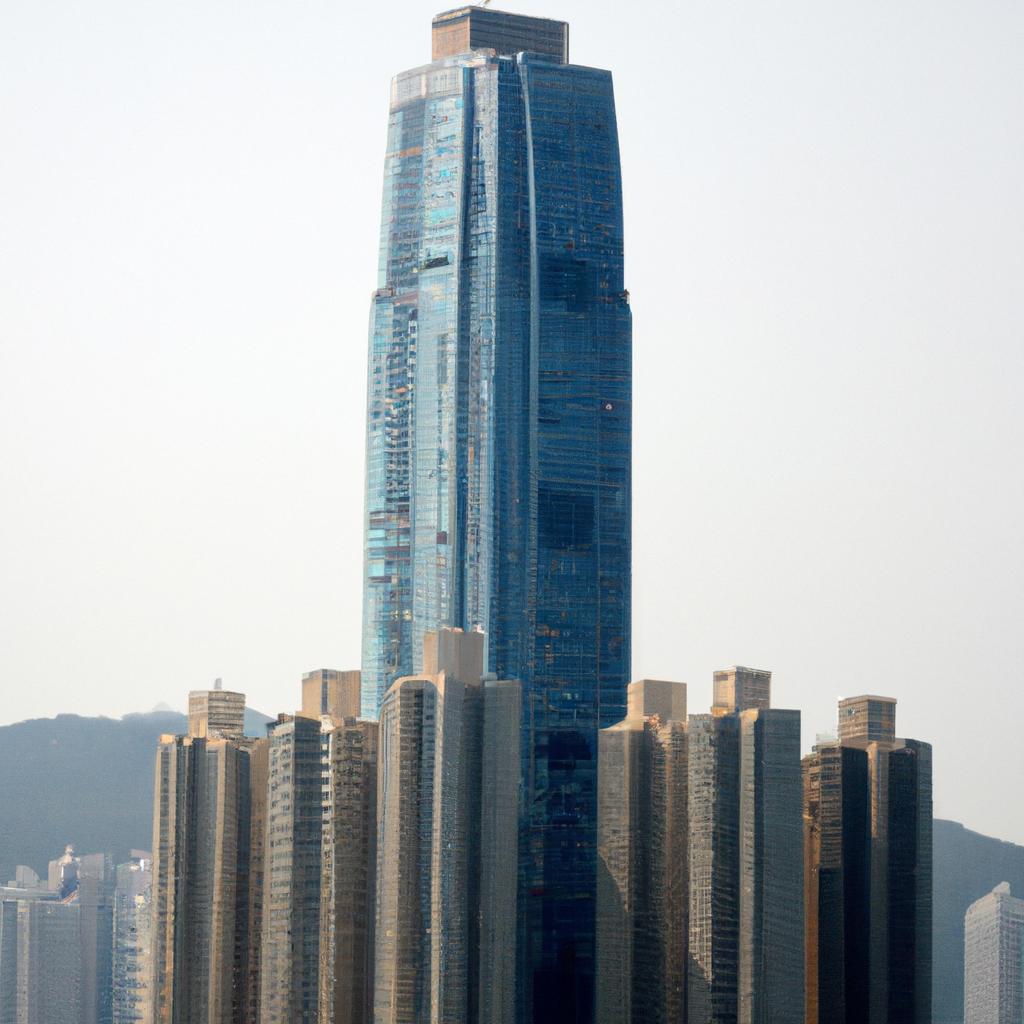
Sustainable Solutions for Managing Population Density
High population density on islands necessitates the implementation of sustainable solutions to ensure their well-being and development. In this section, we will explore successful sustainable practices implemented on highly populated islands and innovative approaches to managing population growth.
Examples of Successful Sustainable Practices
Singapore stands as an exemplary case of managing population growth sustainably. With a population density of over 21,000 people per square mile, Singapore has implemented various innovative solutions, including:
- Vertical farming: By using advanced technology for vertical farming, Singapore grows crops in limited spaces without relying on pesticides or herbicides.
- Efficient public transportation: Singapore boasts a highly efficient public transportation system that reduces the number of private vehicles on the road, alleviating traffic congestion and air pollution.
- Water management: Singapore employs a comprehensive “four taps” approach to water management, involving rainwater collection, desalination, wastewater recycling, and water imports.
Hokkaido, an island in Japan known for its rich natural beauty, has also implemented sustainable practices to manage its population growth. With a population density of only 65 people per square mile, Hokkaido has embraced renewable energy sources like wind, hydro, and geothermal energy to reduce reliance on fossil fuels. Additionally, the island has developed eco-tourism to preserve its natural resources while promoting sustainable tourism.
Innovative Solutions for Managing Population Growth
To manage population growth sustainably, innovative solutions are crucial. Some of the innovative approaches for managing population growth on islands include:
- Smart city technology: Implementing smart city technology can efficiently manage resources and reduce environmental impact. For example, sensors can monitor energy consumption and water usage, minimizing waste and conserving resources.
- Green building technology: Embracing green building technology helps reduce energy consumption and carbon emissions. Employing solar panels, green roofs, and energy-efficient appliances contributes to reducing the carbon footprint of buildings.
- Sustainable transportation: Encouraging sustainable transportation options such as electric cars and bikes reduces air pollution and traffic congestion, making islands more livable and environmentally friendly.
In conclusion, managing population growth sustainably is vital for the well-being of highly populated islands and their inhabitants. Embracing innovative solutions and sustainable practices allows islands to thrive while minimizing their environmental impact.
Conclusion
Our journey exploring the world’s most populated islands has been nothing short of extraordinary. We’ve discovered the factors that shape their population density, the challenges they face, and the sustainable solutions that pave the way for their future. As travelers, it is essential for us to be mindful of our impact on the places we visit. We can learn from the sustainable practices implemented on these islands and apply them in our daily lives.
At TooLacks, we understand the significance of understanding and cherishing the natural world. By exploring the world’s most populated islands, we celebrate the diversity of life on Earth and recognize the importance of preserving it for future generations.
Thank you for joining me on this remarkable journey. Let’s continue exploring and appreciating the beauty of our world together.
